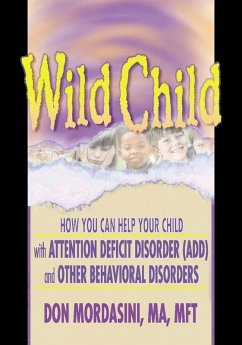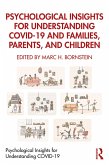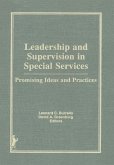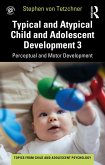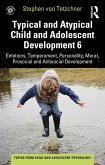Wild Child explains the symptoms, thinking patterns, and behavior of children and adolescents with ADD (attention deficit disorder), in terms that are understandable by parents and grandparents, yet relevant to the professionals who deal with these children. It outlines specific strategies that adults can use to cope with a vast array of behavior, hyperactivity, and inattention problems experienced by children with ADD.
To view an excerpt online, find the book in our QuickSearch catalog at www.HaworthPress.com.
Dieser Download kann aus rechtlichen Gründen nur mit Rechnungsadresse in A, B, BG, CY, CZ, D, DK, EW, E, FIN, F, GR, HR, H, IRL, I, LT, L, LR, M, NL, PL, P, R, S, SLO, SK ausgeliefert werden.

